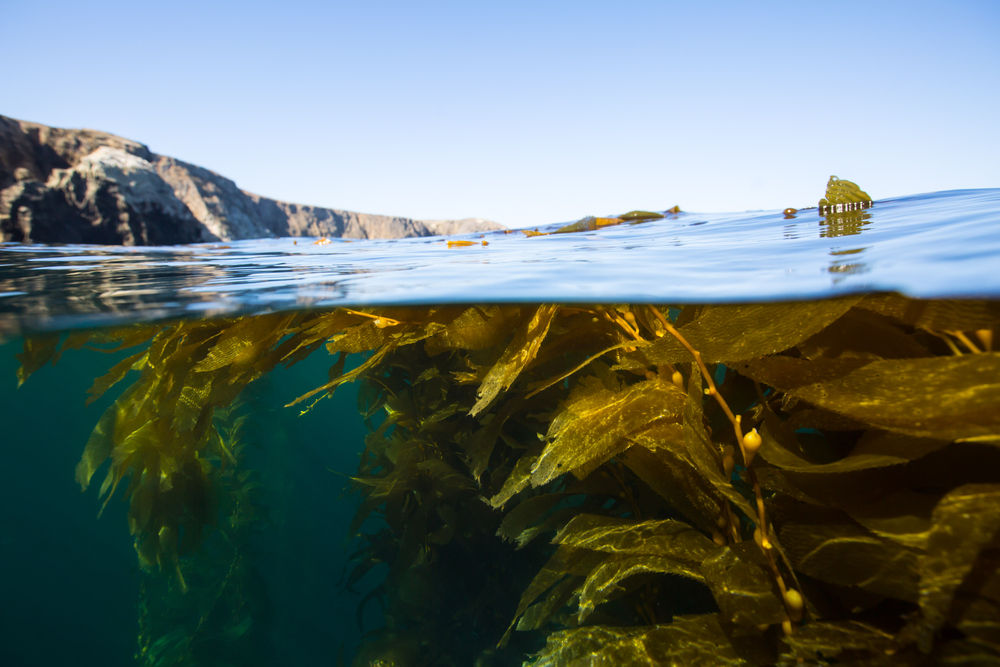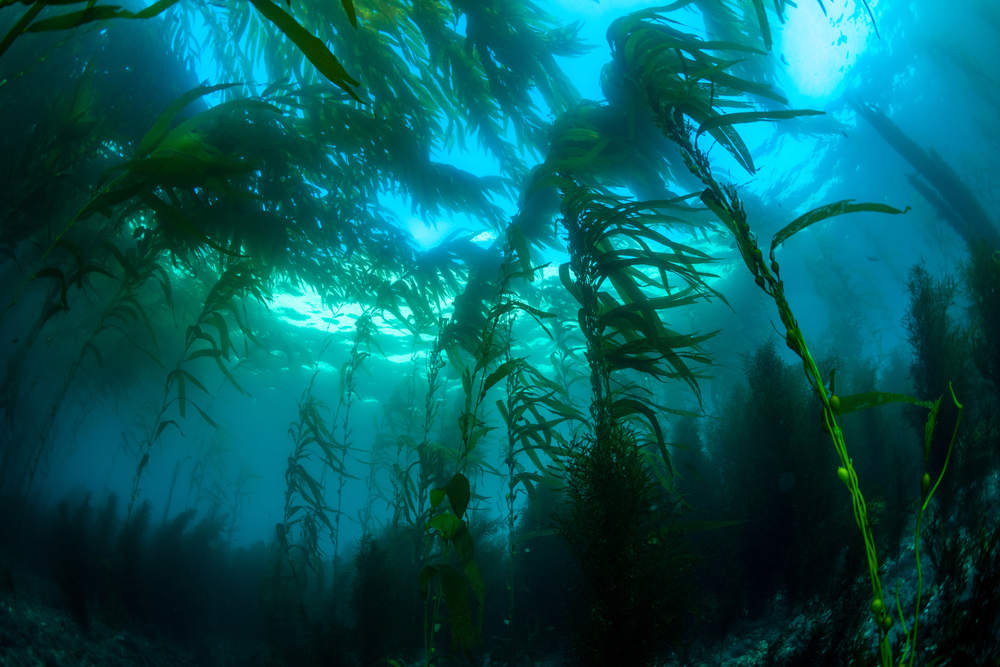Did you know that La Jolla is home to one of the world’s most famous kelp forest? Thousands of tourists and locals go scuba diving in La Jolla just to see it. Sometimes called the rainforest of the sea, these lush beds of seaweeds are a fascinating sight to all! These interesting ecosystems hold many fascinating facts—which will be covered in today’s blog! Keep on reading to unravel 6 unusual facts about La Jolla kelp forest:
1. Kelp is a Type of Seaweed
Did you know that kelp is a type of seaweed? While large groups of kelp are called “forests,” kelp isn’t even a plant. The kelp found in La Jolla is a type of brown algae and seaweed. In fact, all plants on Earth evolved from algae millions of years ago. They photosynthesize like regular plants—which is why they need shallow waters to get enough sunlight and survive.
2. Kelp Forests Need Cool Water
The kelp forest in La Jolla thrives thanks to the cool water it harbors. For the most part, kelp thrives in water temperatures between 42° – 72° Fahrenheit. When the waters get warmer than this, the seawater loses its ability to hold valuable nutrients. Kelps need high nutrient levels to survive.
3. Kelp Can Grow up to a Foot per Day
Did you know that, under ideal conditions, some kelp can grow over a foot in one day? This is insanely fast! If a human grew this fast (consistently), we’d be 1,095 feet tall by the age of three! A single kelp can grow hundreds of kelp fronds (which is basically the kelp equivalent to leaves). Single kelp fronds can grow to be over 100 feet long! This allows the kelp species to rest constable below the ocean’s surface while still reaping the benefits of the sunshine near the surface.

4. Kelp Doesn’t Have Roots
Did you know that kelp does not have roots? As a matter of fact, they don’t grow underground at all. Instead, each kelp grabs onto a rock or other solid sea structure using a holdfast—a mass of kelp tissue that anchors onto the seafloor.
5. Kelp Use Gas-Filled Air Sacks to Float
La Jolla kelp forest stands tall thanks to their gas-filled bladders known as pneumatocysts. These mini chambers make kelp fronds buoyant, helping the seaweed grow upwards towards the ocean’s surface. This helps ensure that the kelp receives the sunlight it needs to grow.
6. Kelp Helps Calm the Ocean
Kelp forests play a major role in helping keep the waters in La Jolla calm. As waves roll over the kelp forest, the thick seaweed creates drag, buffering the strength of the powerful waves. Especially during storms, kelp can help protect coastlines from large ocean waves eroding the coastline.
Kelp forests are one of Earth’s most beautiful treasures. That’s why we highly recommend seeing La Jolla’s kelp forest at least once in your life with the San Diego Scuba Guide. To book your scuba tour, call or text (858) 397-8213 or click here to book your dive!


